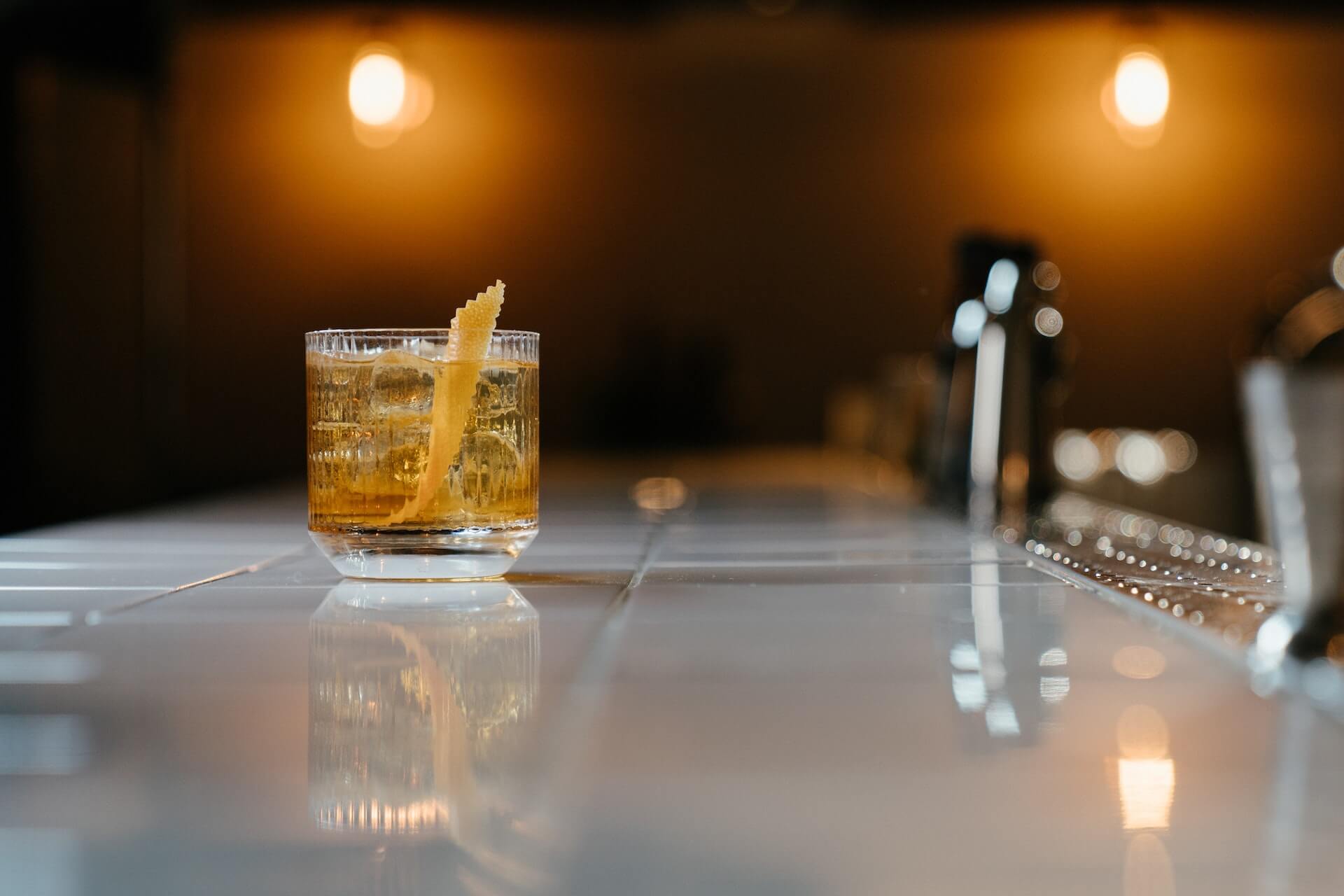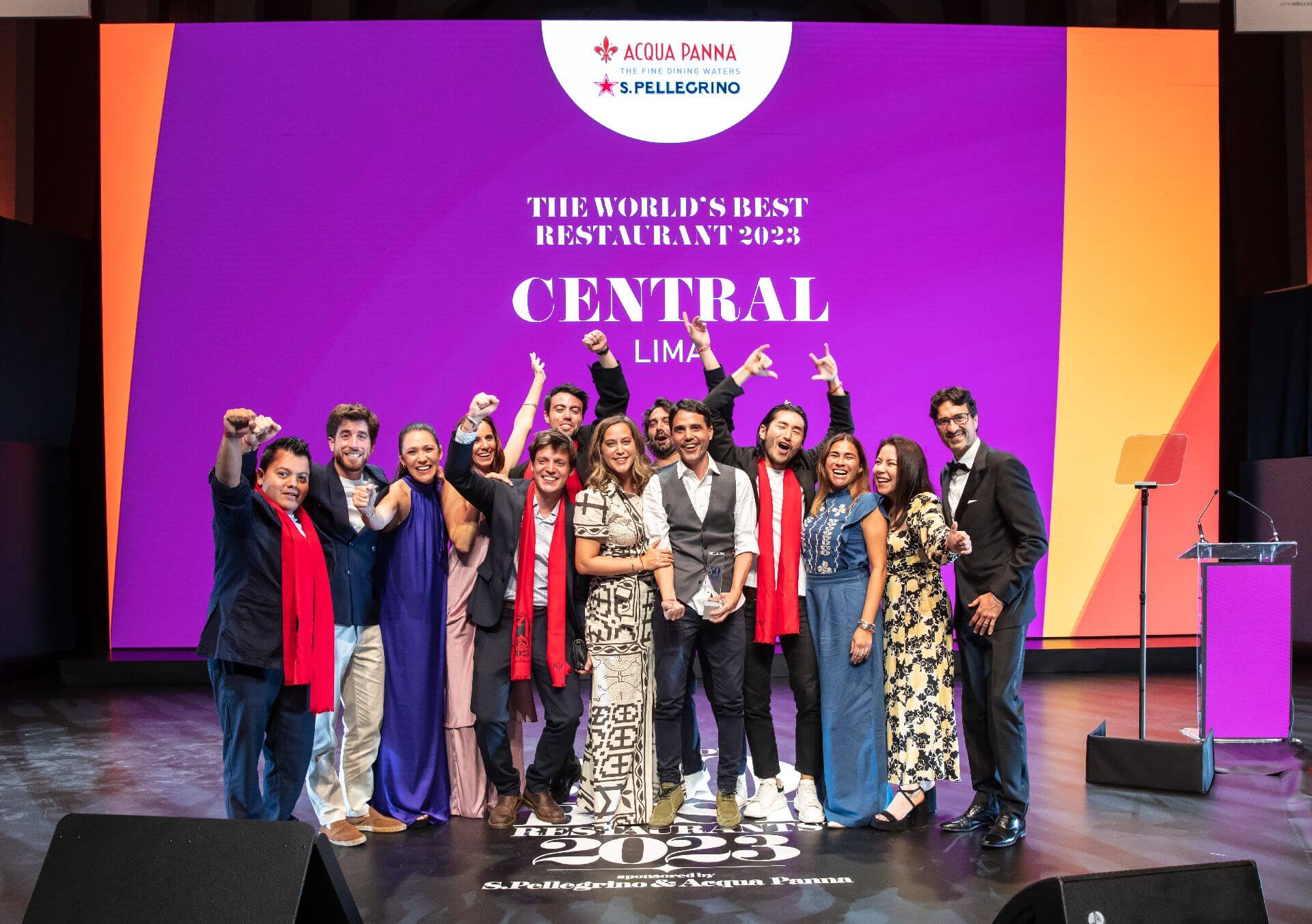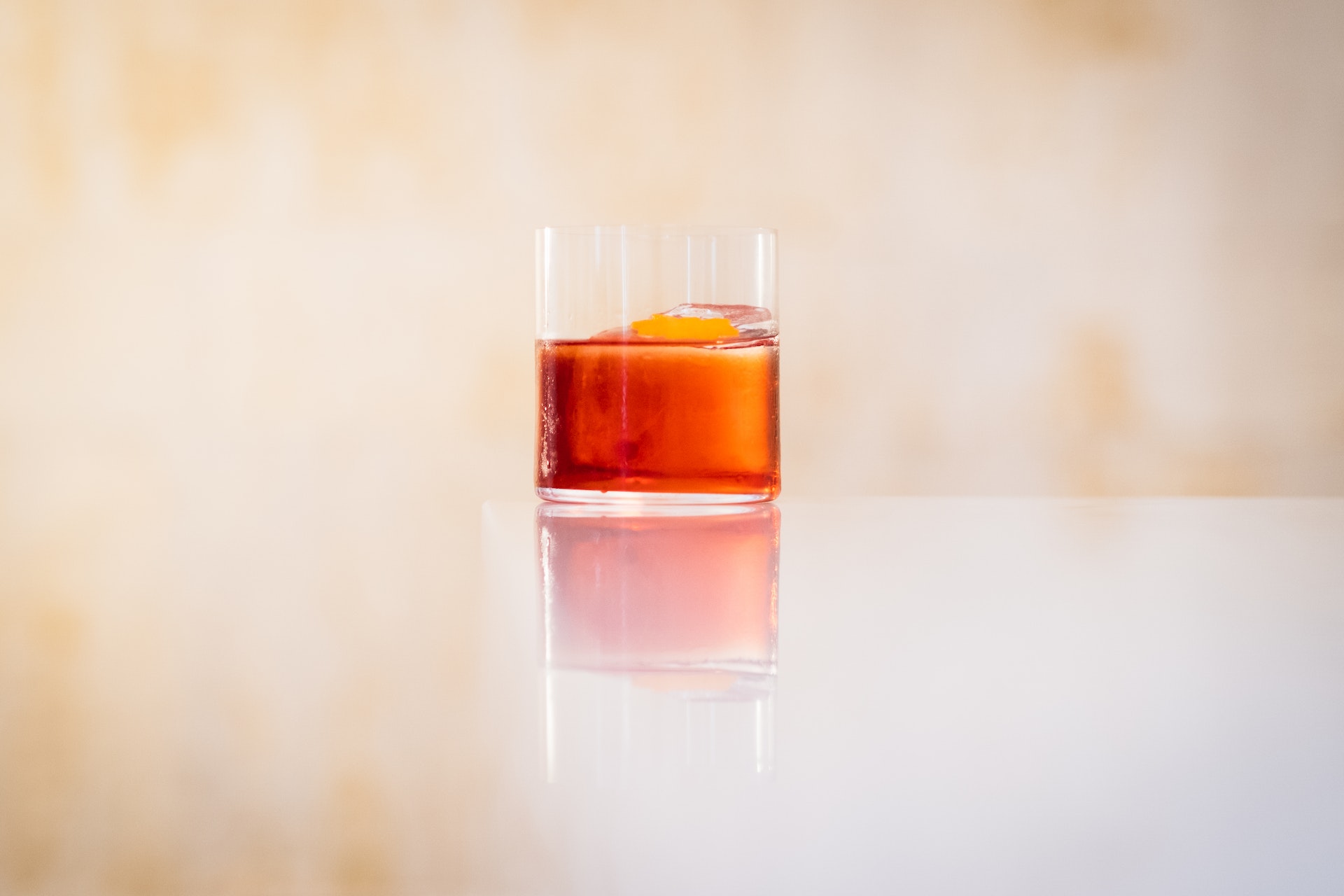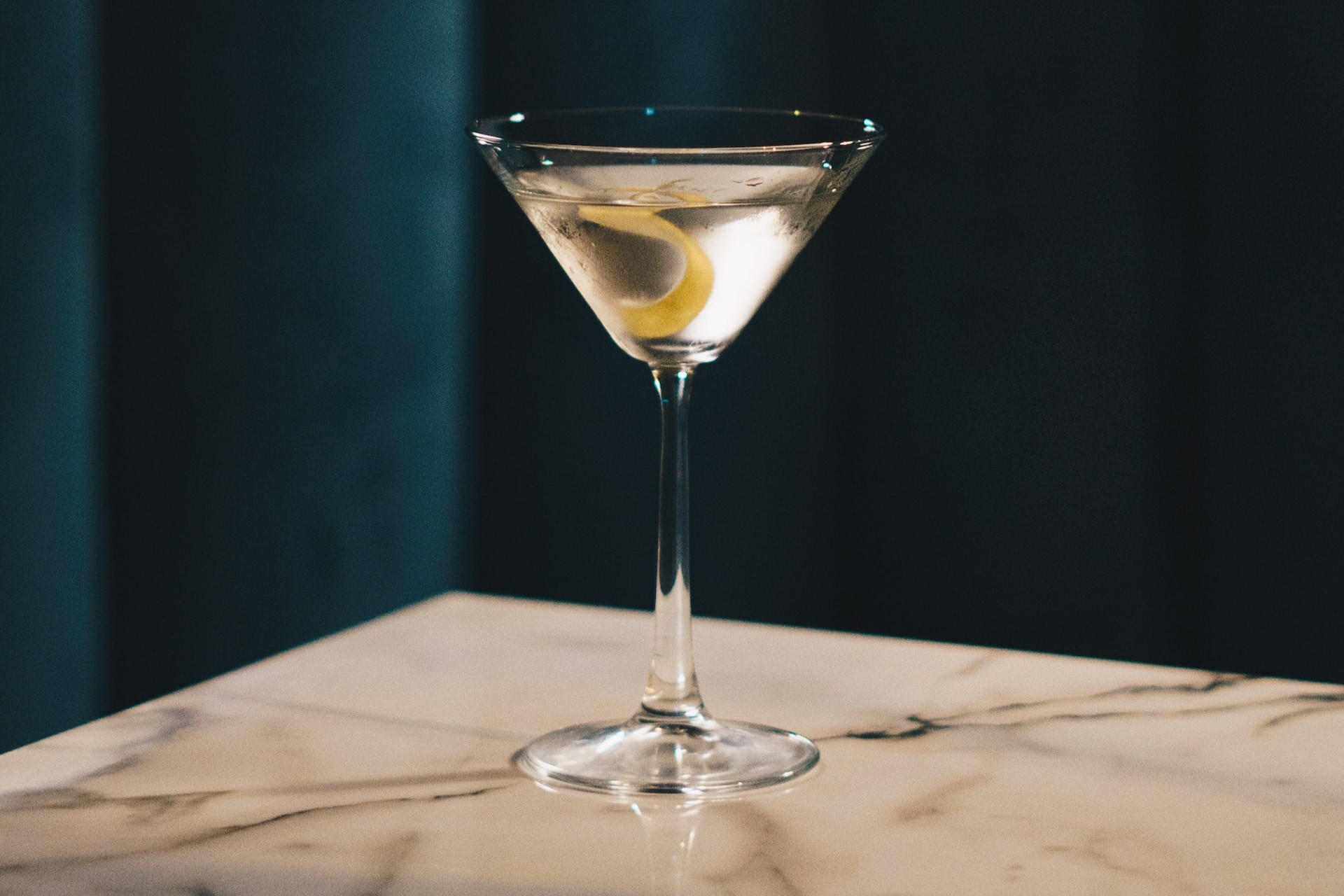2023 World’s 50 Best Restaurants: 51 to 100
by David Klemt
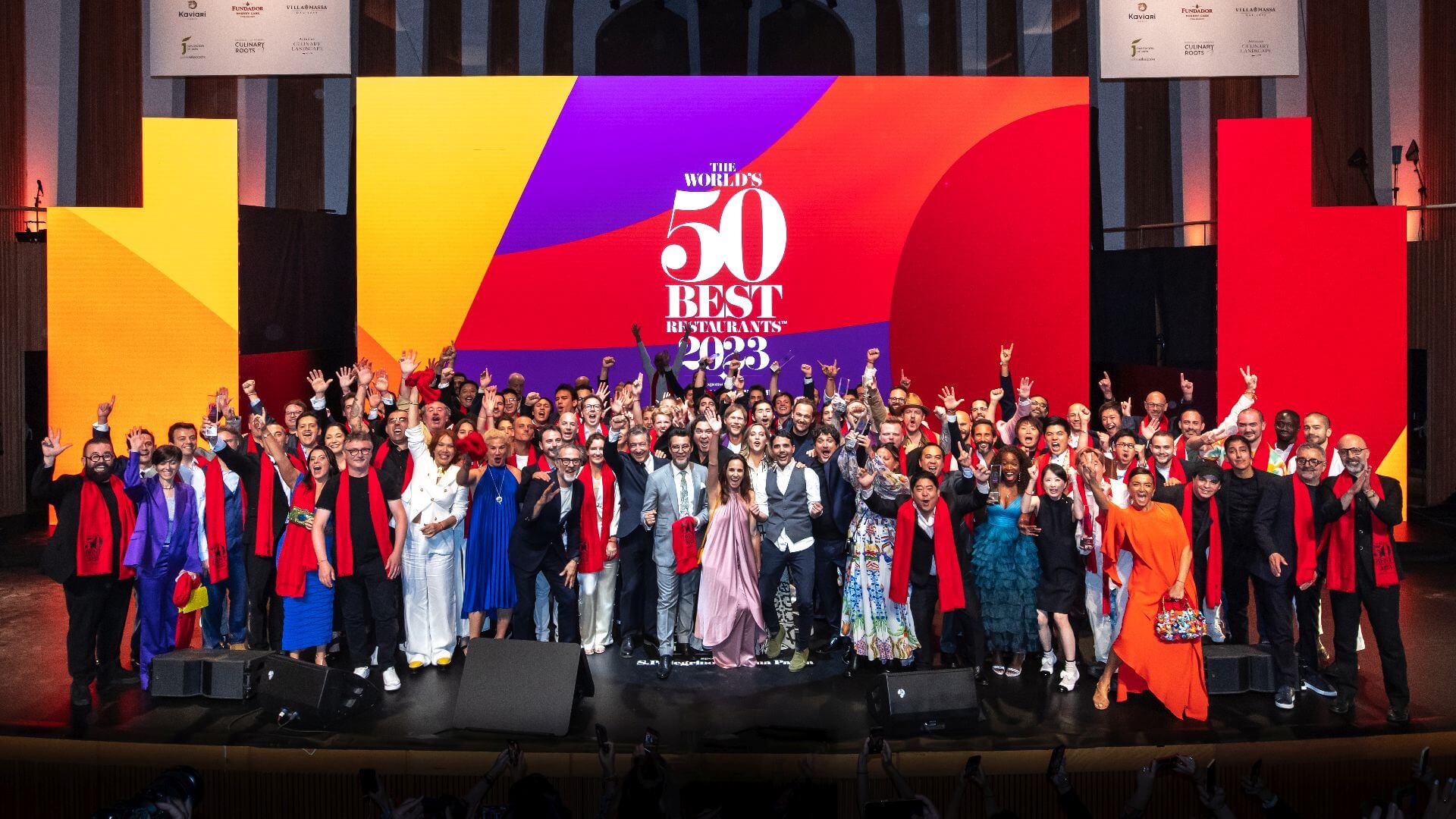
Last week we checked out the top 50 restaurants around the world, and today we’re taking a look at those ranked 51 to 100.
Narrowing down the 50 best restaurants in the world is a harrowing task. So it makes sense that the World’s 50 Best Restaurants expanded the list to the best 100. Even that, however, must be daunting.
France performed particularly well on the 100 to 51 list this year, clinching six spots. Four of those, unsurprisingly, are located in Paris.
The US, Bangkok, and Spain each have four restaurants on the list. For the US, two restaurants make the rankings in both California and New York.
Operators in Japan earn three spots, with two restaurants in Tokyo and one in Osaka. London also achieves three places on this list.
A number of countries, regions, and cities have two restaurants on the 2023 100 to 51 list: Cape Town, Denmark, Hong Kong, Istanbul, and Mexico.
Again, like to 50 to 1, Canada and Australia don’t have restaurants ranked anywhere on the 51 through 100 list.
The World’s 50 Best Restaurants 2023: 100 to 51
- Maito (Panama City, Panama)
- Fu He Hui (Shanghai, China)
- Saison (San Francisco, California, United States of America)
- Labyrinth (Singapore)
- Ricard Camarena Restaurant (Valencia, Spain)
- Ceto (Roquebrune-Cap-Martin, France)
- La Colombe (Cape Town, South Africa)
- Kei (Paris, France)
- Neighborhood (Hong Kong)
- Kadeau (Copenhagen, Denmark)
- Wing (Hong Kong)
- Mingles (Seoul, South Korea)
- Potong (Bangkok, Thailand)
- Ossiano (Dubai, United Arab Emirates)
- Lyle’s (London, England, United Kingdom)
- Enrico Bartolini (Milan, Italy)
- Meta (Singapore)
- Sazenka (Tokyo, Japan)
- Enigma (Barcelona, Spain)
- Azurmendi (Larrabetzu, Bizkaia, Spain)
- Flocons de Sel (Megève, France)
- Nuema (Quito, Ecuador)
- Alléno Paris au Pavillon Ledoyen (Paris, France)
- Tantris (Munich, Germany)
- Oteque (Rio de Janeiro, Brazil)
- Fyn (Cape Town, South Africa)
- Nusara (Bangkok, Thailand)
- Cosme (New York City, New York, United States of America)
- Sühring (Bangkok, Thailand)
- Core by Clare Smyth (London, England, United Kingdom)
- Sud 777 (Mexico City, Mexico)
- Zén (Singapore)
- SingleThread (Healdsburg, California, United States of America)
- Le Clarence (Paris, France)
- Turk Fatih Tutak (Istanbul, Türkiye)
- Burnt Ends (Singapore)
- Aponiente (El Puerto de Santa María, Cádiz, Spain)
- Neolokal (Istanbul, Türkiye)
- Arpège (Paris, France)
- Chef’s Table at Brooklyn Fare (New York City, New York, United States of America)
- La Cime (Osaka, Japan)
- Mérito (Lima, Perú)
- Lasai (Rio de Janeiro, Brazil)
- Jordnær (Copenhagen, Denmark)
- Sorn (Bangkok, Thailand)
- Ernst (Berlin, Germany)
- Alcalde (Guadalajara, Jalisco, Mexico)
- Brat (London, England, United Kingdom)
- Hof van Cleve (Kruishoutem, Belgium)
- Narisawa (Tokyo, Japan)
Last Year’s 100 to 51 List
A number of restaurants from the 2022 World’s Best Restaurants, 100 to 51 are also on this year’s list.
Flocons de Sel, located in Megève, France, likely made the greatest gains. In 2022, the restaurant was ranked number 99. This year, Flocons de Sel earned the number 80 spot.
A few restaurants made humble but notable steps in the right direction. As an example, New York’s Chef’s Table at Brooklyn Fare climbed from 63 to 61. And Ernst, located in Berlin, went from number 62 in 2022 to 55 this year.
Unfortunately, Sud 777 in Mexico City tumbled in 2023. Last year, the venue reached the number 52 spot. This year, however, it’s number 70. That said, it’s the number 70 restaurant in the world. Nothing to be ashamed of, and I won’t be surprised to see the Sud 777 team drive the restaurant back toward the 50s or better in 2024.
To review the 100 to 51 list from 2022, please click here.
Cheers to these 50 top-performing restaurants!




